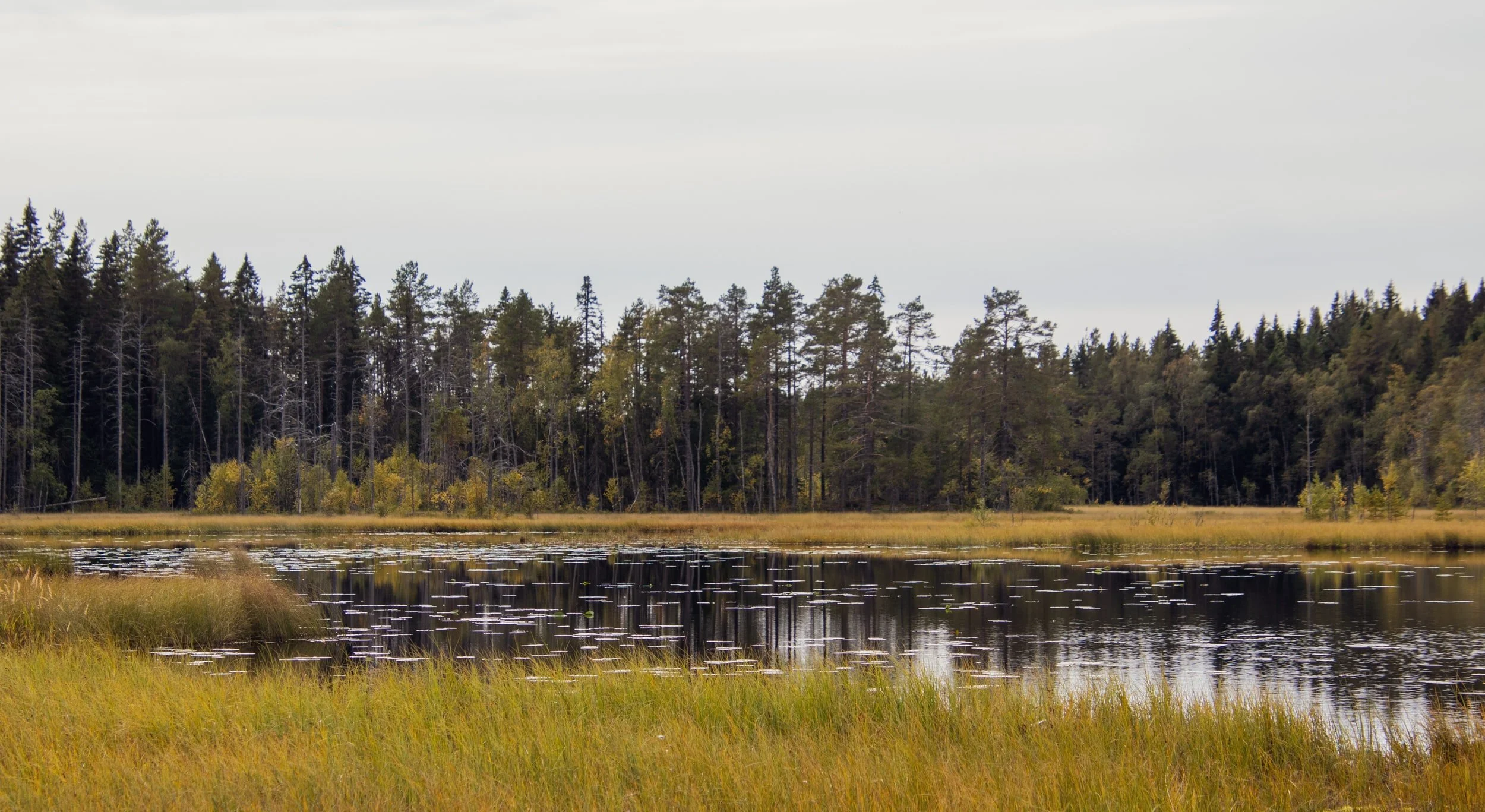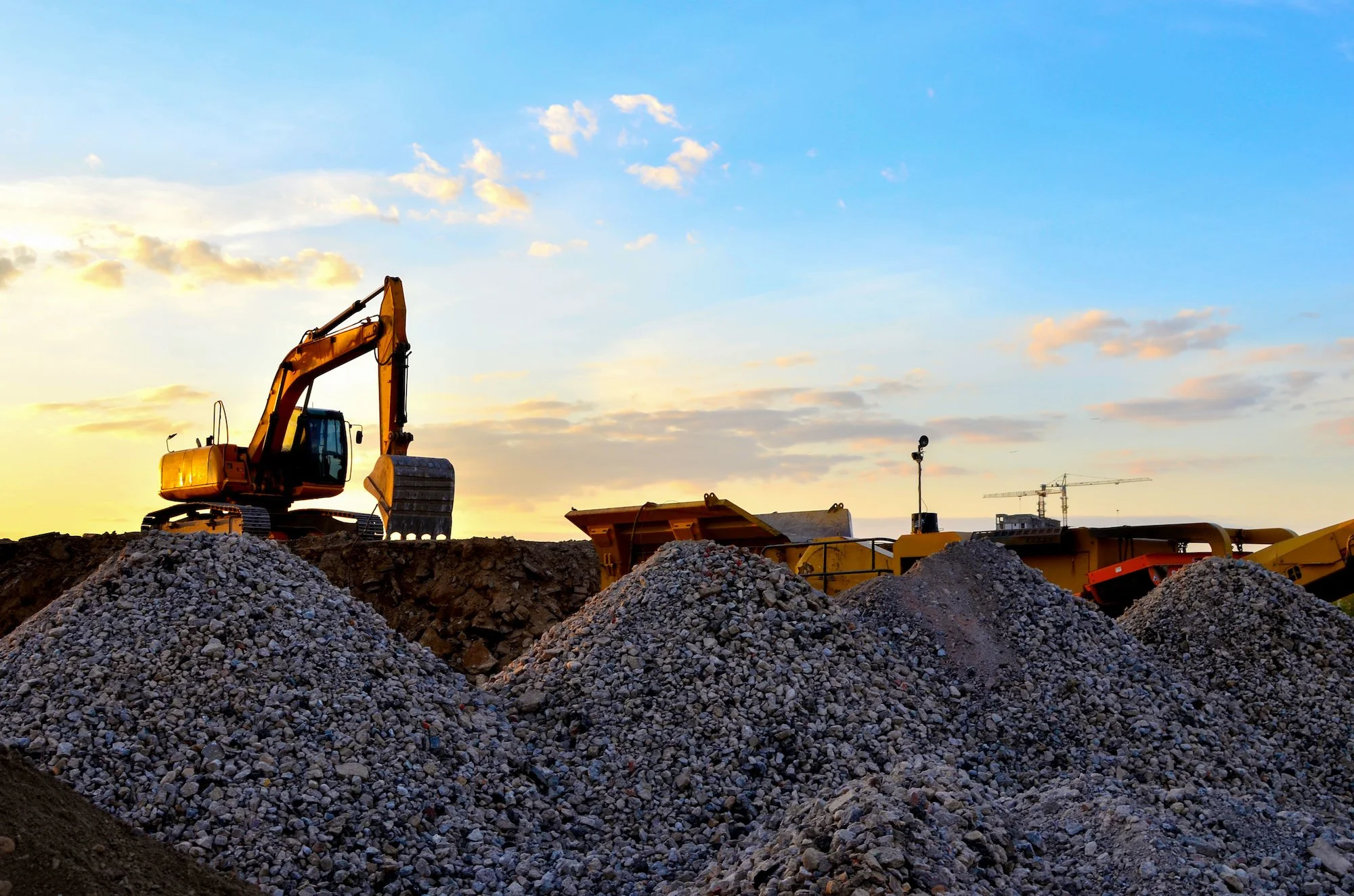
THREATS
Urban sprawl: Horseshoe Valley and more
Development is a major threat to the Oro Moraine and to any natural heritage area. It will affect our groundwater, destroy forests, wetlands and farmlands leading to the demise of the Moraines ecological and hydrological functions including our drinking water.
Urbanization impact studies conducted by the University of Waterloo and elsewhere demonstrate that a loss of recharge area in the Oro Moraine will dramatically affect the flow of water to all its watersheds, cold water streams and wetlands including the provincially significant area of natural and scientific interest (ANSI) Copeland Forest and the internationally recognized Minesing Wetlands.
We must make smart decisions when it comes to growth using science-based informed decision making. The most obvious, wise and sustainable choice would be to choose to grow in areas that are off the Moraine. The Oro Moraine only comprises 20% of the Township yet both designated settlement areas are on the Moraine. It is also obvious, wise and sustainable to choose communities who have existing infrastructure (hence costing taxpayers the least amount of money).
However, poor decision making and a complete revamp of the Official Plan of Oro-Medonte Township will put the Oro Moraine in threat. Horseshoe Valley and Craighurst were poorly chosen as designated settlement areas. Horseshoe Valley is in a critical area of the Moraine containing both the highest and low elevations important for recharge and discharge. It is also adjacent to the Copeland Forest which is thought to contain the highest biodiversity in Simcoe County and is headwaters for the Coldwater and Sturgeon Rivers as well as Matheson Creek. Deforestation and construction of roads and more will disrupt the water cycle of the Moraine and this otherwise balanced working ecosystem will begin to fail. Much has already disturbed the Oro Moraine such as development, aggregate operations, water taking and more. The Official Plan needs to be amended.
Our previous Official Plan (before 2022) which used land based planning, called it “our most important heritage feature” and it was afforded protections and mentioned throughout the document. Whereas, in the completely revamped 2022 Official Plan the Oro Moraine is only mentioned once with little to no protection.
This poor planning will ultimately cost millions of dollars as the Moraines ecosystem services will start to fail and infrastructure such as roads, water treatment plants and sewers would have to be constructed and maintained.
Proposed changes to Horseshoe Valley Road and its proposed three traffic circles will cost taxpayers millions of dollars and will help propel urban sprawl into these environmentally sensitive areas.
The proposed wastewater pipeline between Horseshoe Valley and Craighurst would release sewage into the Coldwater River (in addition to costing taxpayers).
As mentioned, Horseshoe Valley is located on a very important part of the Oro Moraine; its high elevations and sandy, hilly terrain are a very important recharge area. It is heavily forested, is adjacent to Copeland Forest and provides essential wildlife corridors allowing movement between different areas of the moraine (including endangered species and species at risk). Horseshoe Valley was always a resort community boasting recreational skiing, golfing, hiking, biking and more. It is a very popular tourist destination.
Previous Official Plans of the Township of Oro Medonte as previously stated recognized the importance of the Moraine and its rural and natural beauty, the very reason people visit this area.
Craighurst is also designated as a growth area and because it is on the Moraine edge it should not have been chosen. Growth will adversely affect the Willow Creek subwatershed which includes Matheson Creek whose headwaters originate in Copeland Forest (part of the Nottawasaga Valley watershed that flows into Georgian Bay) and will most likely adversely affect the Copeland Forest.
AGGREGATE INDUSTRY
The provinces policies around protecting people, communities, and water are far too weak. Protecting water should be a top issue. Mining for aggregates can involve blasting which can breach the aquifer below the quarry. Mining below the water table can also do irreparable harm to groundwater. There are over 20 sand/gravel pits that are operating out of the moraine. It also changes the face of the landscape forever. There are designated truck routes outlined in the draft official plan. Why? because the province wants to mine for more aggregate. For more info about this industry visit Reform Gravel Mining Coalition and their DAMN (demand a moratorium now campaign).
BOTTLED WATER INDUSTRY
Currently Gold Mountain Springs takes out over one million litres every week from the Moraine. Water bottling companies remove groundwater from aquifers directly not surface water. It is put into plastic packaging that becomes waste. This only contributes to the plastic waste problem worldwide and is unsustainable. Wellington Water Watchers has been advocating against this industry for many years.
